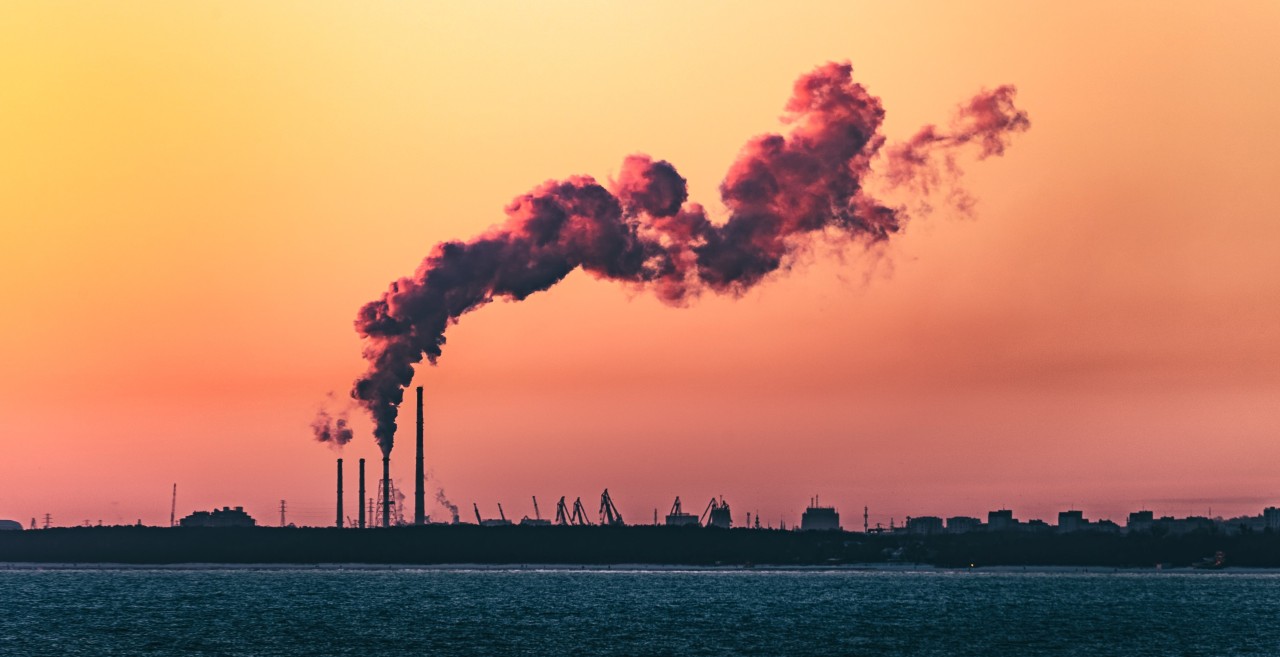There is no doubt that the effects of climate change are becoming increasingly severe. Humans have already caused unprecedented and irreversible damage to the environment, and we continue to release vast amounts of greenhouse gases (GHG) into the atmosphere. Global temperatures have already increased by over 1.0℃ compared to the pre-industrial levels*, and we are heading towards further warming and damage to the environment [1], [2]. It is clear that we have to drastically reduce our emissions, but beyond that, we also have to start actively removing carbon from the atmosphere – a process known as carbon removal.
Limiting global warming to well below 2°C and preferably to 1.5°C became the global goal when 196 countries committed to the Paris Agreement in 2015 [3]. Scientists suggest that keeping global warming to below 2°C would limit the worst impacts of climate change. The Intergovernmental Panel on Climate Change (IPCC), the leading scientific body on climate change, found that to stay below this temperature rise, we need to substantially reduce emissions and reach net-zero emissions by 2050. This means any remaining emissions have to be balanced with an equal amount of negative emissions through carbon removal.
So, by how much do we need to reduce emissions? According to the IPCC, preventing the worst impacts of global warming would mean limiting the total global emissions to 420 Gigatonnes between now and 2050. This is known as a carbon budget. It may sound like a lot at first, but actually it means that the target footprint of each individual in this period is only about 1.5 tonnes per year**. To put that into perspective, 1.5 tonnes CO2e is about the climate impact caused by a typical one-way flight in economy class from Zurich to New York [4]. In Switzerland, an average person emits about 14 tonnes of CO2e per year [5], meaning we have a long way to go to reach the target footprint. At current emission rates, we would deplete the world’s carbon budget in as little as ten years.
Even though we have many ways to reduce emissions, we are not on the path to zero emissions. In many industrial sectors such as transport and construction there are emissions that will be extremely difficult to eliminate in the near future. Many of these industries are still growing and have also not yet developed the tools to decarbonize enough. Current emission trends suggest that there will still be substantial emissions remaining by 2050. Even in our own lives, it will be difficult to reduce our emissions to the target 1.5 tonnes any time soon. This does not mean that it is impossible to reach net-zero emissions by 2050. In order to still stay on the path to net-zero, we have to start generating negative emissions through carbon removal (purple in graph). The IPCC analyzed several scenarios on how we can limit global warming to well below 2℃ and found that there is no way to do this without using carbon removal [1]. The resulting graph from this scenario analysis shows the drastic emissions reduction (blue) plus the build-up of massive carbon removal capacities (purple) needed to achieve our climate goals.
Graph: Based on IPCC 2018 [1] and Swiss Re Institute 2021 [8]
Another reason the use of carbon removal is essential is because we have already emitted too much CO2. The IPCC states that after 2050, we need net-negative emissions (more carbon removed from the atmosphere than is emitted) in order to limit the effects of climate change. This is because the CO2 that is already in the atmosphere will continue to affect our climate. In fact, even if all emissions stopped immediately, global temperatures would continue to rise [6],[7]. Therefore, by 2050, the carbon removal industry will need to have the capacity to remove our historical emissions as well.
There are already many existing methods to remove carbon from the atmosphere ranging from nature-based methods to technological methods (read more about negative emission technologies here). But the carbon removal industry is nowhere near the size it needs to be to compensate any emissions we do not eliminate and our historical emissions so that the world can reach net-zero emissions by 2050. Experts suggest that in order to remove enough carbon from the atmosphere, the carbon removal industry will have to reach the size that the oil and gas industry is today [8]. However, the industry cannot reach this massive size overnight, so we must act now to ensure that the carbon removal industry grows sufficiently.
Carbon removal is no longer optional. We must ensure that we are on the path to net-zero emissions and will have the necessary capacity to remove historical emissions from the atmosphere. The time is now to help the carbon removal industry grow.
This is where Azolla comes in! We founded Azolla to help the carbon removal industry develop by giving individuals the opportunity to support both established and emerging carbon removal processes. We aim to support a range of different carbon removal technologies to help the different projects develop and increase the world’s carbon removal capacity. We believe that together, we can not only compensate our own hard-to-abate emissions but also play a vital role in reaching net-zero emissions as a global community. Support our carbon removal projects and join us to help fight climate change!
*” Pre-industrial levels” refers to the average between 1850 and 1900, as described by the IPCC.
** Global Carbon Budget per person
- Between 2020 and 2050 is a 30-year time span
- Global population in 2020 is 7.7 billion people
- Global population in 2050 estimated at 9.9 billion people
- Average global population between 2020 and 2050 is, therefore, 8.8 billion people
- 420 Gigatonnes / 8.8 billion people / 30 years = roughly 1.5 tonnes
Sources:
[1] Allen, M.R., O.P. Dube, W. Solecki, F. Aragón-Durand, W. Cramer, S. Humphreys, M. Kainuma, J. Kala, N. Mahowald, Y. Mulugetta, R. Perez, M.Wairiu, and K. Zickfeld, 2018: Framing and Context. In: Global Warming of 1.5°C. An IPCC Special Report on the impacts of global warming of 1.5°C above pre-industrial levels and related global greenhouse gas emission pathways, in the context of strengthening the global response to the threat of climate change, sustainable development, and efforts to eradicate poverty [Masson-Delmotte, V., P. Zhai, H.-O. Pörtner, D. Roberts, J. Skea, P.R. Shukla, A. Pirani, W. Moufouma-Okia, C. Péan, R. Pidcock, S. Connors, J.B.R. Matthews, Y. Chen, X. Zhou, M.I. Gomis, E. Lonnoy, T. Maycock, M. Tignor, and T. Waterfield (eds.)]. In Press.
[2] IPCC, 2021: Climate Change 2021: The Physical Science Basis. Contribution of Working Group I to the Sixth Assessment Report of the Intergovernmental Panel on Climate Change [Masson-Delmotte, V., P. Zhai, A. Pirani, S. L. Connors, C. Péan, S. Berger, N. Caud, Y. Chen, L. Goldfarb, M. I. Gomis, M. Huang, K. Leitzell, E. Lonnoy, J. B. R. Matthews, T. K. Maycock, T. Waterfield, O. Yelekçi, R. Yu and B. Zhou (eds.)]. Cambridge University Press. In Press.
[3] Pariser Agreement
<https://unfccc.int/sites/default/files/english_paris_agreement.pdf>
[4] Includes direct CO2 and other greenhouse gas emissions as well as the effects of radiative forcing.Atmosfair <https://www.atmosfair.de/de/kompensieren/flug/>
[5] WWF Schweiz CO2 Fussabdruck Rechner <https://www.wwf.ch/de/nachhaltig-leben/footprintrechner>
[6] Ricke, Katharine & Caldeira, Ken. (2014). Maximum warming occurs about one decade after a carbon dioxide emission. Environmental Research Letters. 9. 10.1088/1748-9326/9/12/124002
[7] Zickfeld, Kirsten & Herrington, Tyler. (2015). The time lag between a carbon dioxide emission and maximum warming increases with the size of the emission. Environmental Research Letters. 10. 10.1088/1748-9326/10/3/031001.
[8] M. Repmann, O. Schleske, D. Colijn, S. Prasad, Swiss Re Institute, The insurance rationale for carbon removal solutions. July 2021 <https://www.swissre.com/institute/research/topics-and-risk-dialogues/climate-and-natural-catastrophe-risk/expertise-publication-carbon-removal-technologies.html>



